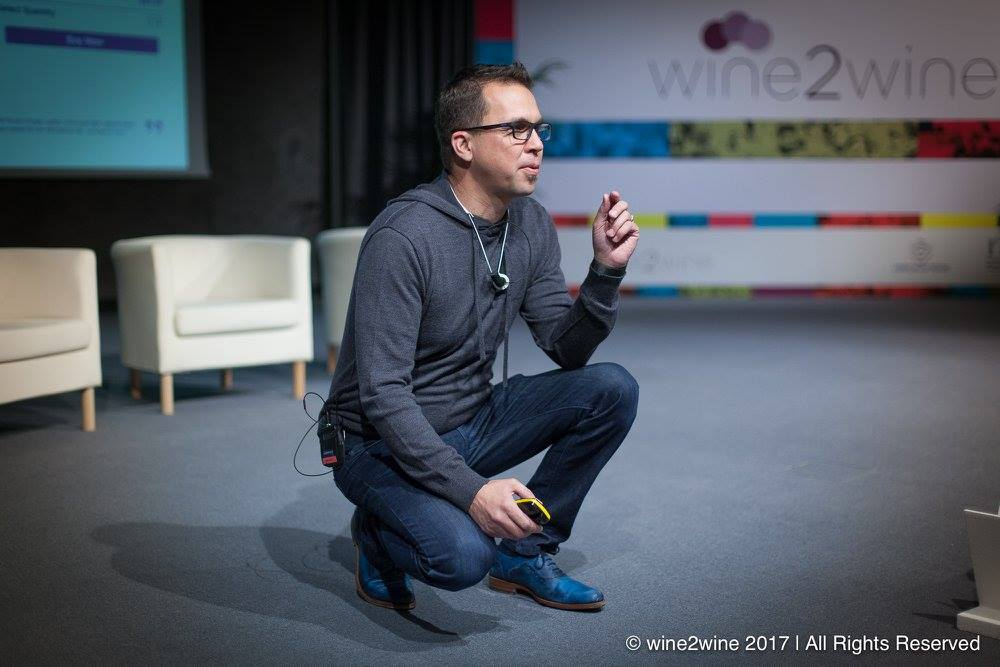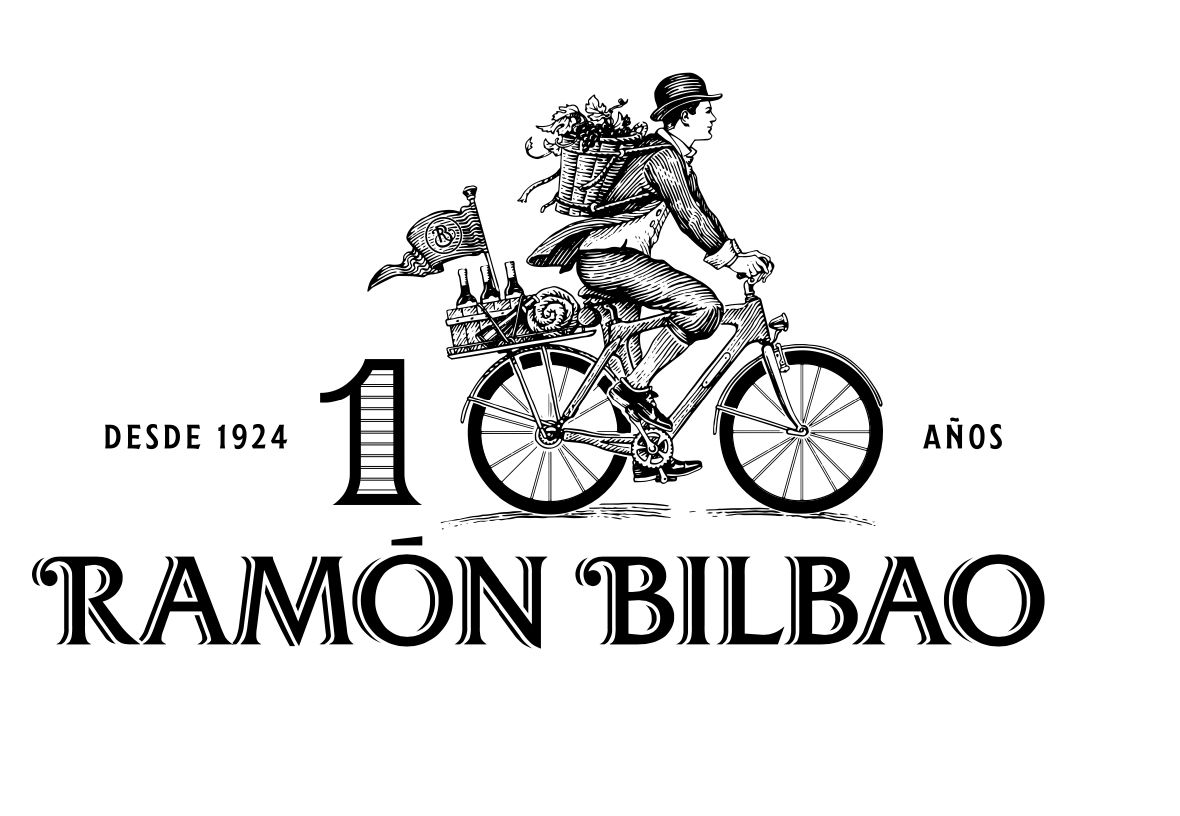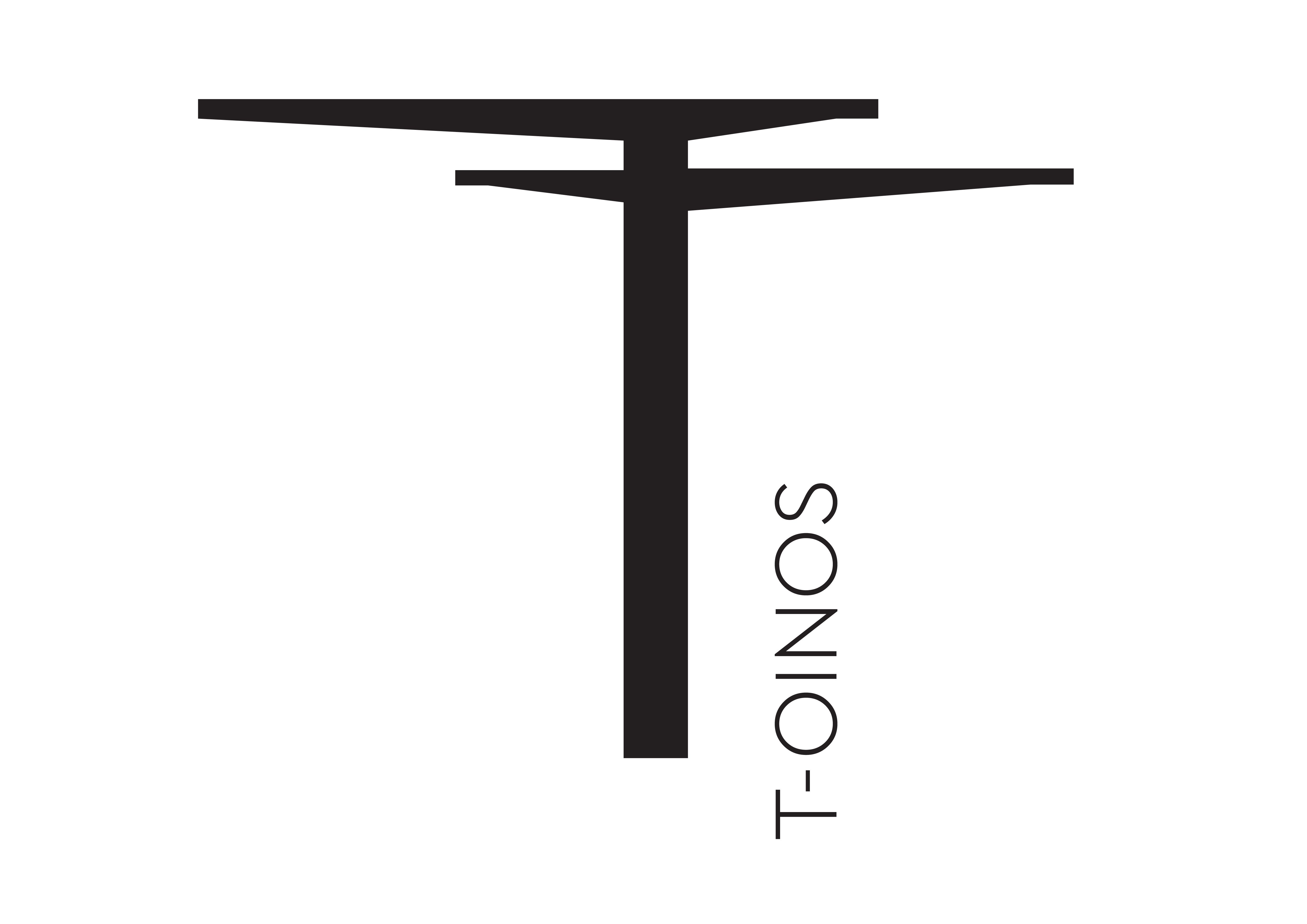Paul Mabray has been one of the leading players in trying to bring digital insights to the wine industry. He has also had to take his fair share of downs as well as ups trying to do so. But, thankfully, for the businesses that do see a future in online and consumer insights he’s still committed to helping them.
After I left VinTank, I was confused about what I was going to do next.
Honestly, I was facing a bit of an existential crisis.
I felt that I had helped push the industry forward, not only with e-commerce and social media but also CRM, DTT, digital marketing and more. But even with all of that, I still felt like I’d only helped make small, incremental changes for our industry. I felt (and still do) that I hadn’t made a major positive difference for the industry. We were (and are) still budding in the use of digital.
Despite me being a bit of a unicorn in this space, there were quite a few opportunities available to me: CEO of online wine clubs, taking the lead on some new marketplace concepts, helping with a few, select tasting apps, and even special requests to combine all the E-commerce, wine club, and POS vendors – I won’t lie, I seriously explored that last option.
At some point, it occurred to me, though, that maybe the best chance for me to affect the industry was to work from within. That maybe, for me to make a real difference, I needed to demonstrate digital transformation with the right-sized winery to truly affect the change I was looking to make.
I shared my goals with the best recruiters in the wine industry, and quickly, they found a match.
For this specific position, I was obviously the wild card candidate since I had never been a winery CEO before. Even with strong executive experience and actual winery experience, most of my career has been in a strange off-shoot of wine (wine-tech) and is not often considered by some folks in the wine industry to be relevant.
In this case, the amazing recruiting team made a special case for me, knowing that they wanted to show the winery something a little different. They coached me appropriately and reminded me the night before the interview to make sure I was specific. In other words, they told me not to sound like a college professor – all theory but no practice.
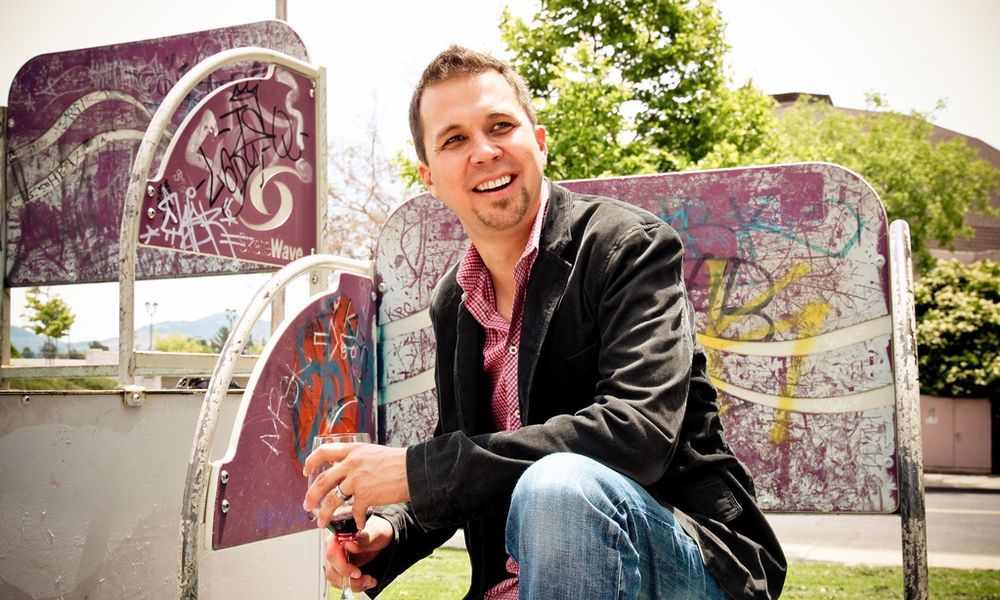
Paul Mabray is determined to find effective, efficient ways to give wineries better consumer insights
All about the planning
At 4 am on the day of my interview, I woke up and wrote a detailed outline of the brand.
I’d already visited three times the week before, acting as sort of a mystery shopper, if you will.
I’d previously worked with the brand and have been quoted about our collaboration in the news, so I felt confident going into the interview. Even if I didn’t get the job, I was completely confident that I was the right choice to transform this company.
Two hours later, at 6 am, I hopped on a conference call with two gentlemen back East. They were older, stately businessmen who had obviously been incredibly successful in their careers. After a few minutes of webinar challenges, we started the interview process.
The first part of the interview went off without a hitch. We discussed my career and how technology has always been my magic wand.
I told them about how I’d first started as a sales representative in LA “dragging a bag” — I was a HORRIBLE salesperson. I actually describe myself as one of the worst salespeople in the business, but I wanted to succeed, so I concocted a plan to do so, one that I happily shared with my interviewers.
I wrote my own CRM tool in Microsoft SQL. Although It was more of a PIM (personal information manager), it helped me keep track of personal details of buyers, their hobbies, and their sales depletions (up or down). As a result, I was able to outperform my peers and got promoted (too fast and too young, but that’s another story). That was my first example of technology helping me succeed, even in a career that wasn’t the perfect fit for me.
Ideal background
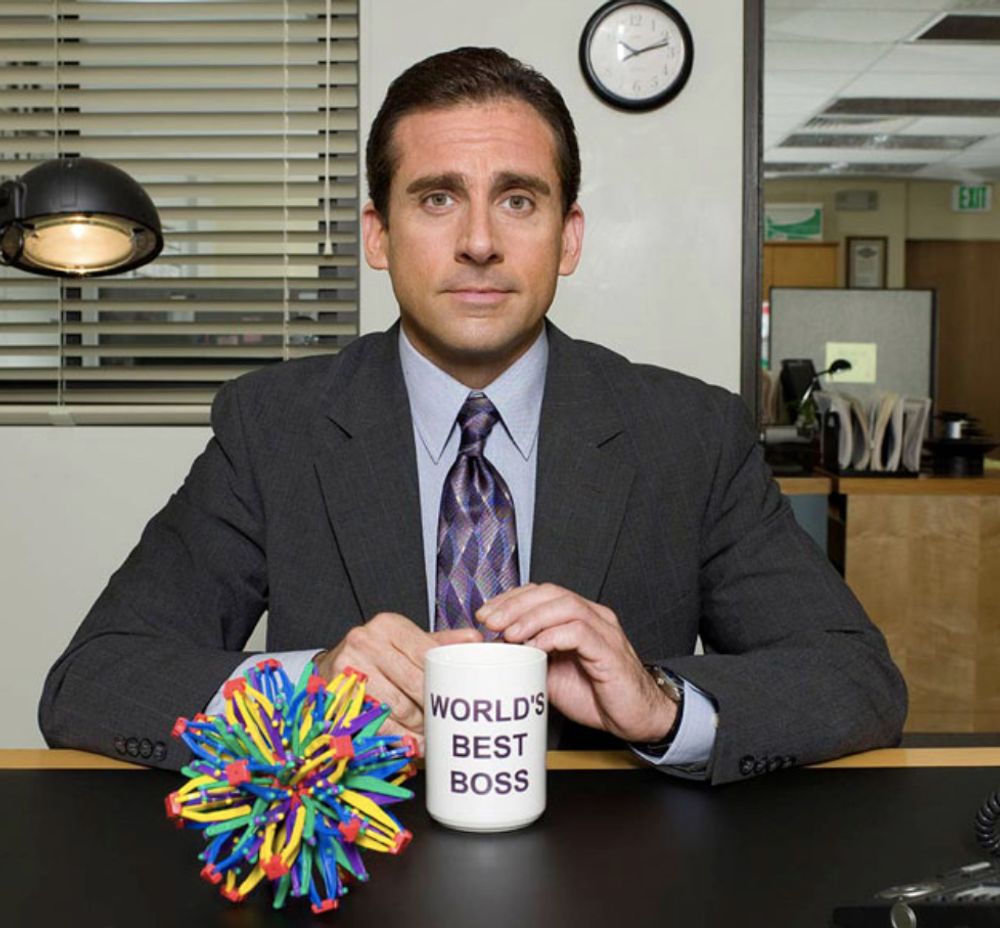
Mabray thought he was the ideal candidate for the role based on his experience…
Then I told them about how I’d had the privilege to work with one of the industry’s best CEO’s, Erle Martin. I was a “skunk works” employee and Erle assigned me diverse and interesting projects to streamline or launch, things like Compliance, ERP research, NoCal sales, account sold data (I learned pivot tables like a Kung Fu master), and finally the wine club. That’s where I really made my mark at Coppola.
Back in those days, being the person to run a wine club was the equivalent of receiving a Scarlett Letter. The wine club was the red-headed step-child of the tasting room. Wine clubs back then were still processed by hand-keying credit cards and most memberships were in a large Rolodex or filing cabinet. In other words, this was super low-tech. In partnership with Rob Krumm, Coppola was one of the first companies in the world to help build and use the first wine-club processing software and use one of the first third-party logistics companies, Wines West, to ship its wine. The wine club was an outstanding success.
I told them about how next, I joined WineShopper.com where I got to unleash my inner geek. While WineShopper (who soon merged with Wine.com) was not a success, it laid the foundation for modern wine e-commerce. More than that, the graduating class from WineShopper/Wine.com went on to lead major companies in and outside of the wine industry. Both original companies spawned initiatives that also powered third-party fulfillment, software, compliance, legal, lobbying and DTC solutions that have led to the golden era of winery DTC.
They pushed the boundaries on all fronts that, after most of them collapsed, left the foundation of which all wine e-business has been built. It was there that I learned about the gaps in all tiers of the wine business and the untapped power of the internet for the wine industry.
I talked about how I was fortunate to be on the founding team of IBG (Inertia Beverage Group) which became WineDirect. We built the entire company on the premise of empowering wineries to sell online. First directly to the consumer, then directly to trade, and finally by layering on major marketplaces and marketing agents.
I participated in the vendor wars, the rises and fall of so many failed marketplaces,Amazon’s multiple fits and starts in the industry, the birth of DTT, Snoothgate, the opening of states, confusing regulations, and the emergence and often fast collapse of wine e-tailer after e-tailer.
So much of the history of wine online occurred from 2002–2009. At every twist and turn, we were there.
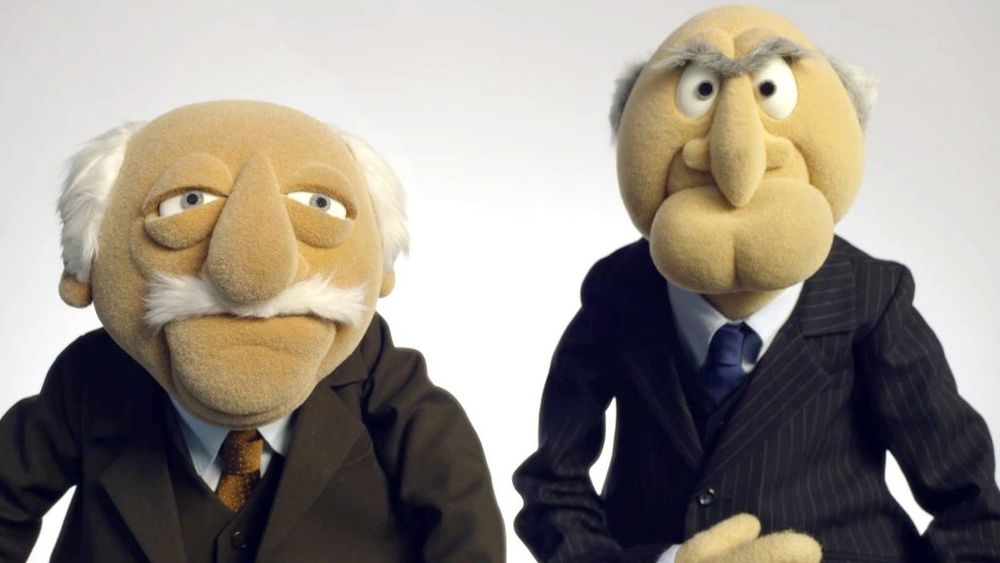
The interviewers were less convinced: “So how would you deliver those results?”
Social media drive
I discussed how upon leaving WineDirect, I saw the emergence of social media as the next wave of change. We founded VinTank to help navigate wine and digital but soon focused all of our energy on social media and built a software that powered over 1300 wineries, analyzed a billion conversations about wine, and profiled over 80 million social wine customers.
In partnership with James Jory, I helped to create software that impressed our larger partners, like Foursquare and Twitter and paved the road for Social CRM and innovative geo-fencing.
I described my leadership style (transparent, team-oriented) and how I use a version of GIST planning combined with AGILE in my business leadership — we called it a “Stacked Calendar” and it allows for business planning, cross-department communications, and is lightweight, highly flexible, and incredibly measurable of activities and results.
I shared my strong philosophy of “fail forward” and both my passion for the use of technology to elevate company performance and my pragmatic understanding that tech is not a panacea.
By then, a third of the interview was done.
Turnaround plan
It was time to talk about the winery’s future possibilities and challenges. The observations about the issues were evident. It was an aging, but iconic, brand. The winery had to make the choice to fade out of relevance (like Clos Du Val or Heitz) or revitalize itself to invest in a sustainable future.
I explained how the market factors made this a challenging feat, but not an impossible one. For starters, it’s one of the most competitive markets in human history. Not only do you have to deal with domestic influences, but also international wineries, too. The paths to market have become more and more challenging with the never-ending consolidation of the wholesale tier. Further, both the retail (broad market and chain) and the on-premise landscape continues to become more and more challenging. Because of the winery’s size (between 100K-500K), the winery is too big to be small and too small to be big. This larger-but-still-mid-size creates the problem of ensuring they have adequate wholesaler attention, can reach markets effectively with limited resources (especially human), and generate consumer interest.
DTC, while an amazing channel, would be hard to funnel the majority of cases through. Due to their size and need for distribution, DTC causes issues with wholesalers and retailers about channel conflict. Some of us in the industry talk about wineries of this size to be in the “death zone,” similar to that of Everest.
I explained to my interviewers that the way to get out of this dangerous area was to lean into innovation and leverage tools that scale human resource 10 to 20 times. I encouraged focusing on customer understanding and creating customer journeys for consumers, wholesalers and the trade. I emphasized that if I joined their team, the key to scaling would be the use of digital tools to effectively connect with as many customers as possible. At this point, I referenced the Starbucks digital flywheel and how major companies like Amazon excel because of their very strong investments into R&D. I explained that the investment in R&D for a winery needed to be in sales and marketing, along with the technologies that power these disciplines.
As I talked, both gentlemen were nodding vigorously.
I was ready to enter the final stretch.
I felt victorious and that I was shining a light on a new and potentially game-changing path for the winery.
All went wrong…
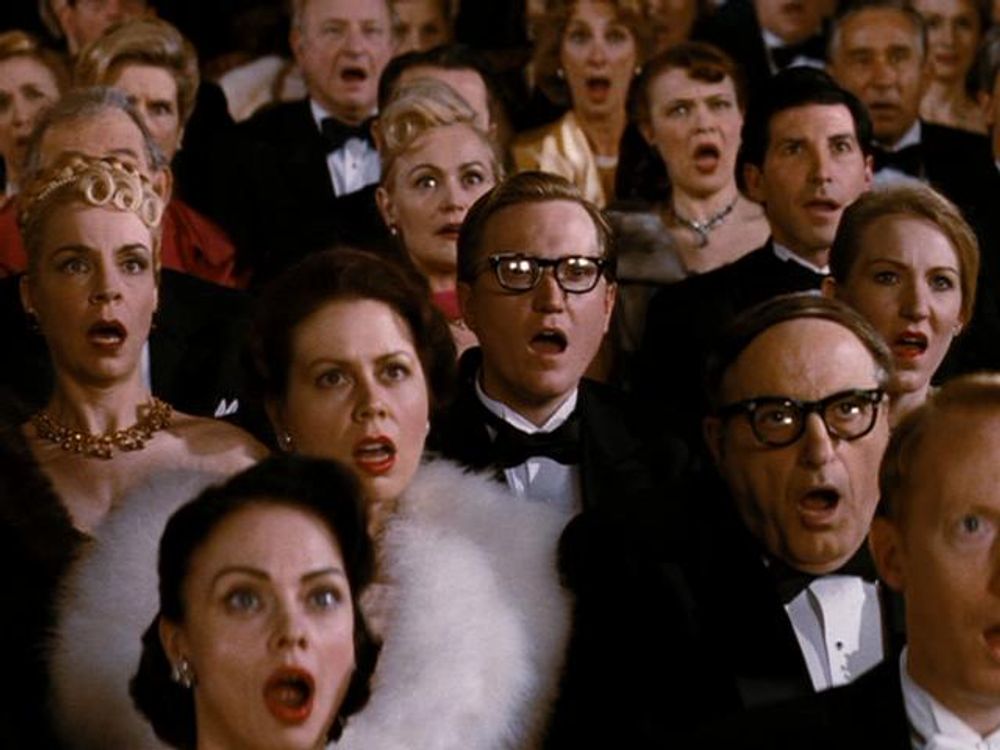
But then, I crashed and burned.
They asked me a simple question that destroyed it all: “So, imagine you are CEO now. What would you do in the first months of the job?”
I started by talking about how I would work with the team to understand our customers and how they are touching our brand on all channels. This idea included consumer profiling using social psychographics, segmentation, and communications.
They kept asking how these things would happen, and the more I explained, the more I got caught up in the weeds of the minutia, and the harder it became for me to explain and make them understand.
This caused more questions.
“What agency would you use to do this?”
“How much would this cost?”
“How long would it take?”
The tactical nature of the questions had me on my heels.
I talked about focusing very hard on building a strong DTC program but taking the majority of the profits and investing them in both R&D and in trade support. We’d earn wholesaler and retailer support by being transparent how we used these funds to scaffold their success.
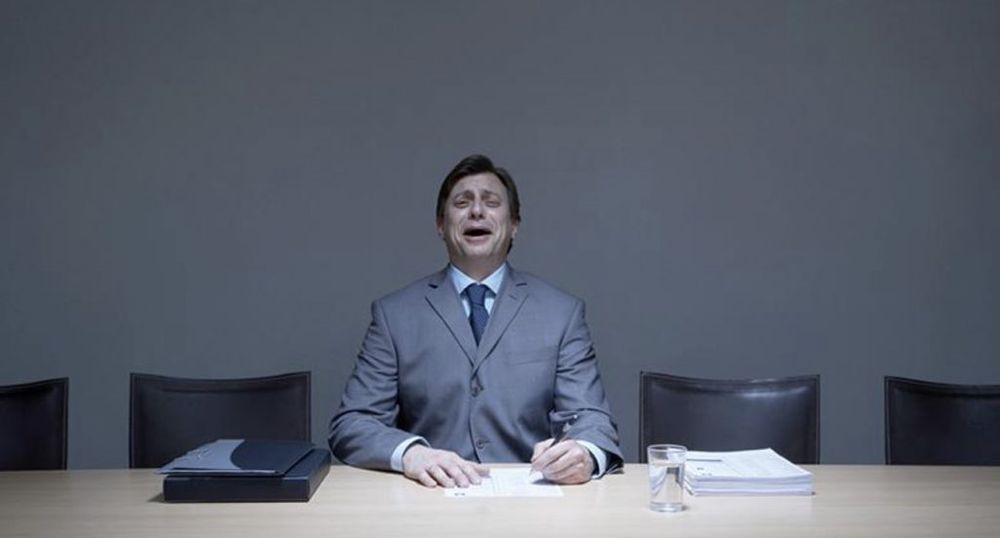
Things started to go downhill…
They frowned at this suggestion.
I moved onto describing how I would start to migrate the majority of our MarCom spend to digital over five years, but year one I would immediately and radically move 60 percent to digital.
One of them asked, “well how much would your total marketing budget be?”
Over and over again, I kept repeating 60%, but he kept pushing.
I did a quick math equation based on articles on other brands.
I panicked and blurted out “$10 million’.
The silence was deafening until they started laughing. That part was worse.
“We don’t have tech budgets,” they said to me, laughing. “We’re in the wine business.”
I didn’t want to point out that some of their competitors spent that money on their digital and marketing efforts, but maybe I should have.
They asked about new label and package designs. I batted these issues away. They weren’t the real problem.
They talked about my wholesaler relationships and market management. I reminded them I hadn’t been in that side of the industry for decades, and although my contacts are stale, the business fundamentally works the same. They agreed with me.
We discussed the way I’d map the customer journey and I casually mentioned that creating a continual way to communicate with trade account via digitally would allow us to keep the share of mind. As we dissected the concept, I mentioned email. One of them said, “we use email. Don’t we use a tool? What is it again? I think it’s called Constant Touch or Constant Contact. But we don’t use them for retailers.”
It got worse…
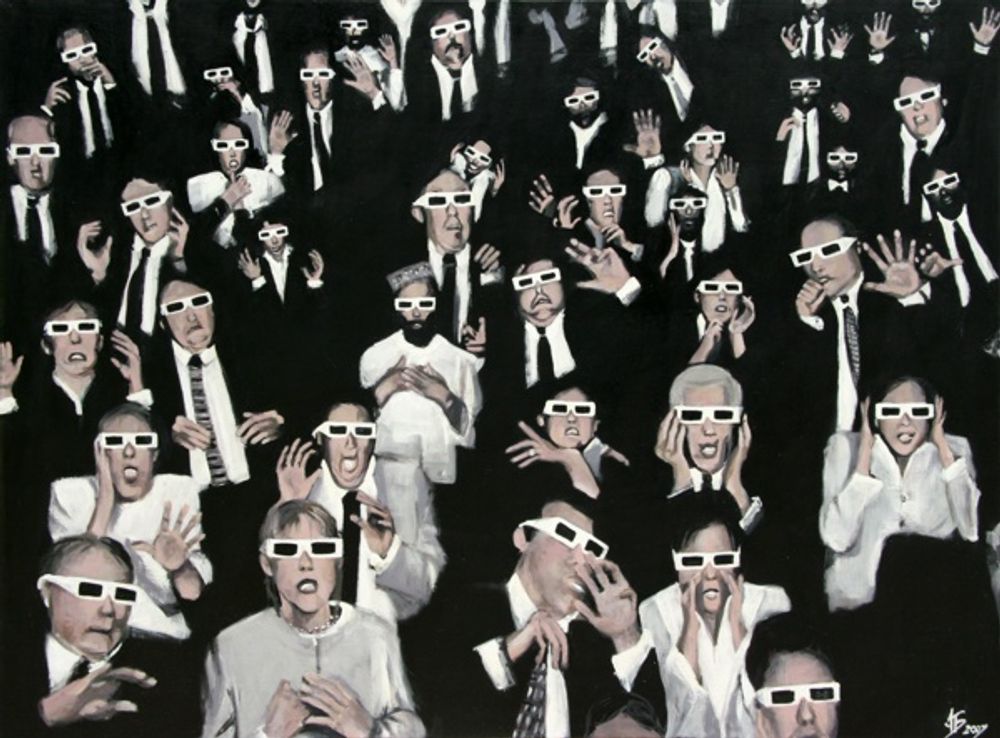
I had no response for them. What could I have said?
They decided to dig deeper into the tactics of how I’d spend the money. I started to discuss low risk, high learning investments in social media advertising.
The first question they asked about this was, “how many people would a $2,000 spend get?” followed by “what agencies do you like for social media advertising?”
It was so tactical. It was so off topic. I was stunned. I answered, shocked, and watched them take notes.
The rest of the interview was a blur. I stumbled and stuttered through until the bitter end.
I’m positive that the rest of my answers were gibberish, incoherent nonsenses – I honestly don’t remember.
It was so bad that I called the recruiter after my interview and apologized. I went home blurted out my failure to my wife. We laughed together about some of my less-than-stellar answers, she corrected a few of the assumptions I’d made, we discussed what could have gone better – in the end, she didn’t really need to say anything at all, I was self-aware enough to know where I missed the mark.
Mind you, while I joke about their responses and questions, I 100% recognise and realise that the real failure was absolutely planted in my inability to frame the last part of the conversation.
While it was and is still evident that an organization needs to really want a change agent in charge to get the results they need, it was my responsibility to reinforce that my primary job (outside of ensuring we continued to make good wine and keep sales moving forward) was to change the culture.
It was my job to ensure that I would focus on the culture for – at least – the first year of my hypothetical stint as CEO and that it would start with me and spread through the executive team and the organization. The fundamentals would be about taking small bites of change until adaption was genetically coded into the organization.
Life goes on
I spent the next three weeks writing a prescriptive plan to describe the implementation of the strategy. Initially, I was going to send it to the recruiter to show them I truly did know what I was talking about, but instead, I tucked it away in storage with the mothballs in case I found a winery in the future that truly wanted to charge the hill of change.
In the end, they hired a traditional winery operator.
This person is an amazing individual in their own right, but even today, as I finish this blog post, the brand remains the same. The DTC program is untouched. The marketing remains stagnating and uninspiring. The brand is, undoubtedly, on a slow decline to obscurity.
On occasion, when I see the innovative marketing like the AR programs from Treasury Estates, when I am chatting about Avant Garde DTC with my wife, or when I’m inspired by conversations with the top winery leaders, I let my mind trail off and I imagine what I could have done with that winery and brand.
- Paul Mabray is now chief executive of Emetry.io that works with wineries and wine businesses to help them better understand their consumers using data, technology and insights.
